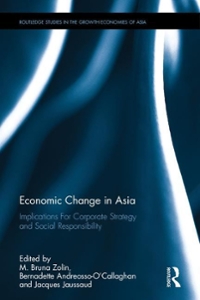Question
Citadelle , the Qubec maple syrup producer, sells its syrup in Canada and in the United States. The demand in Canada is given by P
Citadelle, the Qubec maple syrup producer, sells its syrup in Canada and in the United States. The
demand in Canada is given byP= 37 -QCA, where P is the price ($ per litre) andQCAis the quantity
demanded (thousands of litres per year). The demand in the United States is given byP= 42 -QUS,
wherePis the price ($ per litre) andQUSis the quantity demanded (thousands of litres per year). The
cost function isC= 200,000 + 10Q, whereCis the total cost (in $ per year) andQis the total quantity
produced (litres per year)
SupposeCitadellecan practice the third-degree (linear) price discrimination.
1.Find the profit-maximizing quantity in Canada (in thousands of litres per year) and profit-maximizing price in Canada (in $ per litre).
2.Find the profit-maximizing quantity in the United States (in thousands of litres per year) and profit-maximizing price in the United States (in $ per litre).
3.Calculate the combined (Canada + US) consumer surplus (in thousands of $ per year).
4.Calculate the profits (in thousands of $ per year).
5.Is the third-degree price discrimination more efficient than uniform pricing? How do you know?
Step by Step Solution
There are 3 Steps involved in it
Step: 1

Get Instant Access to Expert-Tailored Solutions
See step-by-step solutions with expert insights and AI powered tools for academic success
Step: 2

Step: 3

Ace Your Homework with AI
Get the answers you need in no time with our AI-driven, step-by-step assistance
Get Started


